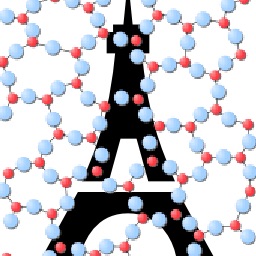Dynamics of slab tear faults: Insights from numerical modelling
Tear resistance at the edge of a slab is an important parameter controlling the evolution of subduction zones. However, compared with other subduction parameters such as plate strength, plate viscosity, plate thickness and trench width, the dynamics of tearing are poorly understood. Here we obtain a first-order understanding of the dynamics and morphology of subduction zones to resistance during tear propagation, by developing and using a novel computational modelling technique for subducting slabs, with side boundaries described by visco-plastic weak zones, developing into tear faults. Our 3D model is based upon a visco-plastic slab that sinks into the less dense mantle, generating poloidal and toroidal flows. The asthenospheric mantle field is static and only develops flow due to the subducting slab. We use the finite element code eScript/Finley and the level set method to describe the lithosphere to solve this fluid dynamics problem. Our results show the importance of tear resistance for the speed of trench migration and for shaping the final geometry of subduction systems. We show that slab tearing along a weak layer can result in a relatively straight slab hinge shape, while increasing the strength in the weak layer results in the curvature of the hinge increasing substantially. High tear resistance at the slab edges may hinder rollback to the extent that the slab becomes stretched and recumbently folded at the base of the domain. Tear resistance also controls whether the subducting lithosphere can experience accelerating rollback velocities or a constant rollback velocity.
